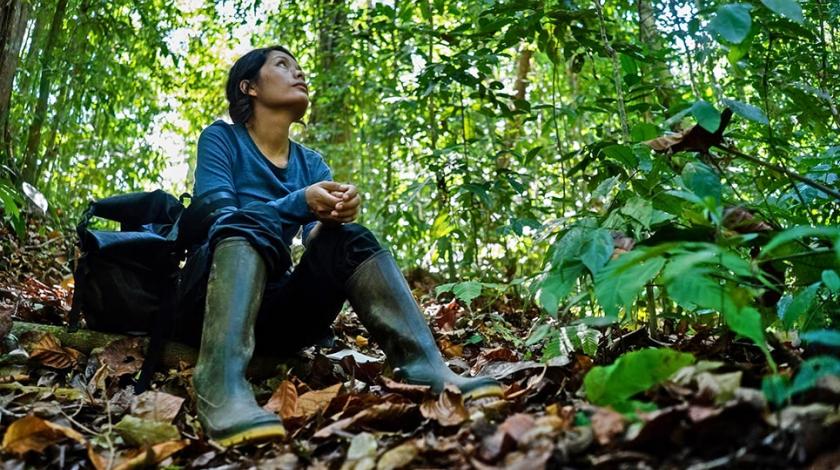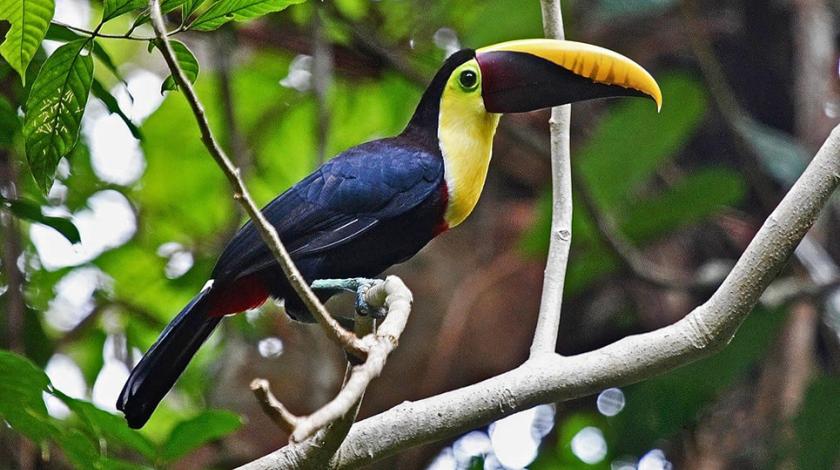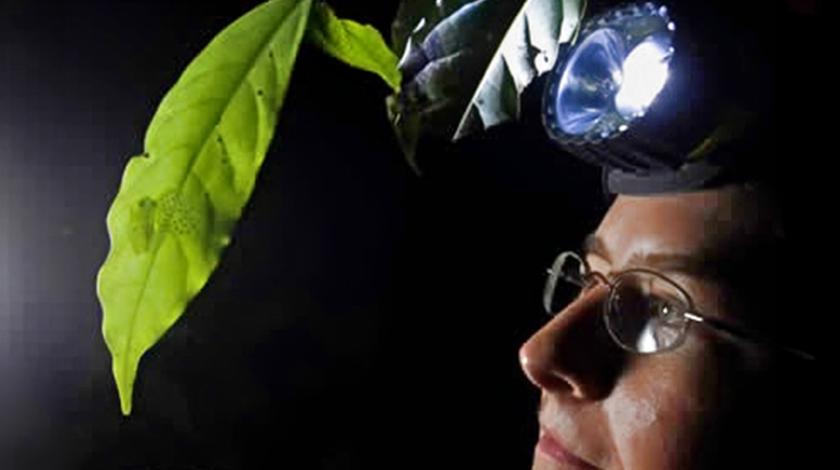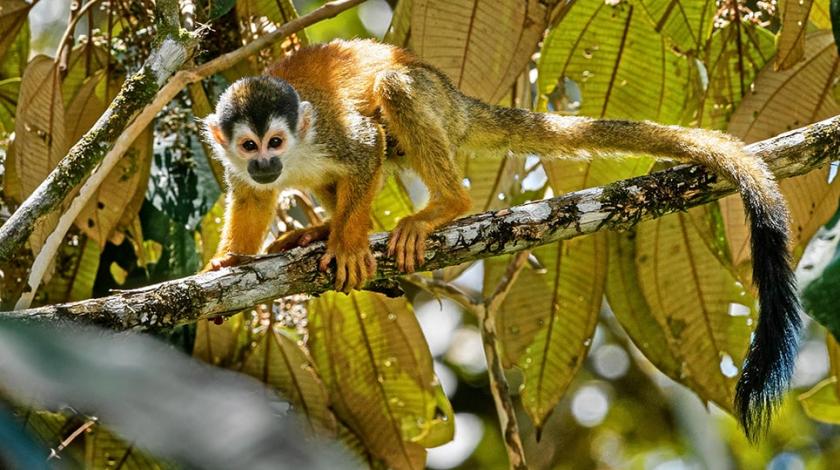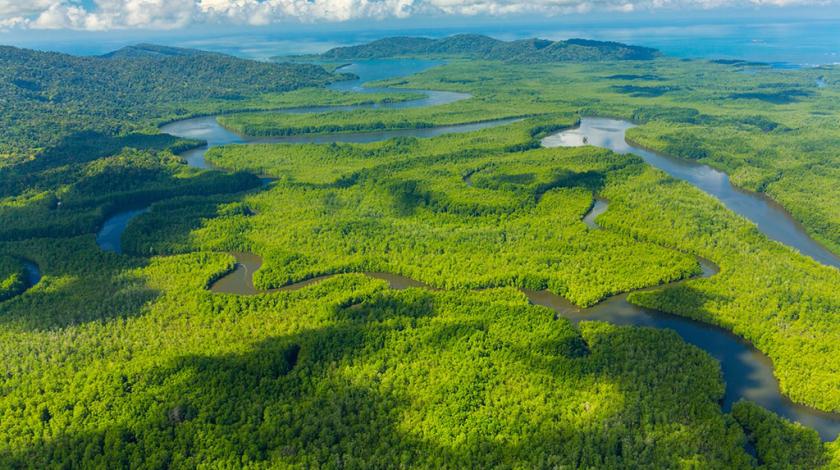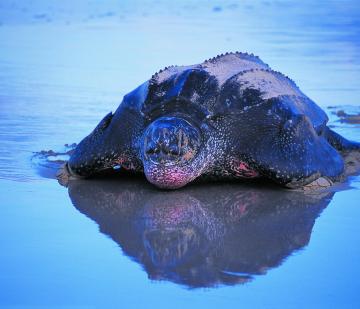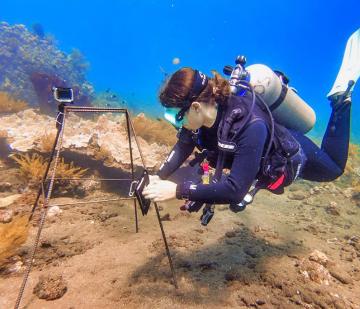BOOK WITH A $500 DEPOSIT
Rainforest Revival in Costa Rica


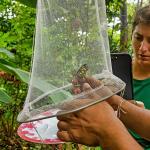
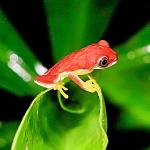

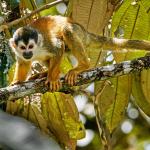

Join scientists in the Osa Peninsula to revitalize one of Central America's most biodiverse regions. Participate in pioneering research to study wildlife and restore this vital ecosystem.
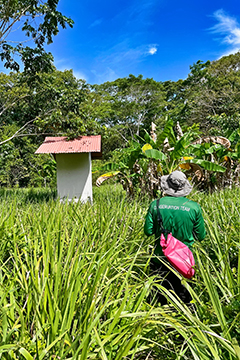 The Osa Peninsula is celebrated as "the most biologically intense place on Earth," sheltering at least half of the species found in Costa Rica. Despite its rich biodiversity, this area faces significant threats. Deforestation and habitat degradation are eroding its delicate ecosystems. The fragmented old-growth forest of the Osa Peninsula and the connecting Amistosa Biological Corridor are particularly vulnerable. These areas face the encroachments of large-scale agriculture and forest clearing.
The Osa Peninsula is celebrated as "the most biologically intense place on Earth," sheltering at least half of the species found in Costa Rica. Despite its rich biodiversity, this area faces significant threats. Deforestation and habitat degradation are eroding its delicate ecosystems. The fragmented old-growth forest of the Osa Peninsula and the connecting Amistosa Biological Corridor are particularly vulnerable. These areas face the encroachments of large-scale agriculture and forest clearing.
Researchers in Costa Rica are studying ways to regenerate tropical forests faster. This expedition allows participants to join scientists seeking to restore the area's critical ecological functions. Informed by the data collected by participants, scientists will develop and test methods for restoring functional forests. This effort is crucial as only 40% of tropical forests maintain sufficient connectivity for wildlife to move to suitable habitats in response to climate change. These forests also sustain wildlife populations and provide essential ecosystem services to local communities.
Join Earthwatch, in partnership with Osa Conservation, to monitor wildlife, vegetation, and soil and contribute to research essential for the restoration of ecosystem services. This critical work supports the forest's role in sequestering carbon, minimizing erosion, and enhancing water quality, which are vital for local communities and the fight against climate change. Surrounded by the symphony of wildlife, this immersive experience will enrich your understanding of the interconnectedness of ecosystems that protect our planet.
A Typical Itinerary
Week 1 (“A” Team)
- Day 1: Rendezvous, introductions, travel to field station
- Days 2–6: Fieldwork days, occasional evening presentations
- Day 7: “A” team volunteers depart the project.
Week 2 (“B” Team)
- Day 7: Rendezvous, introductions, travel to field station (for "B" team volunteers)
- Days 8–12: Fieldwork days, occasional evening presentations
- Day 13: The team departs.
HOW YOU WILL HELP
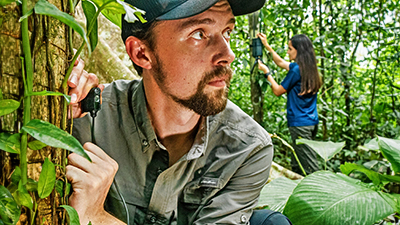
Monitor Wildlife and Interactions
Install and review camera traps to monitor wildlife and better understand the impact of restoration on biodiversity.

Survey Biodiversity
Set up and maintain small mammal live traps and survey bird, amphibian, and bat populations.
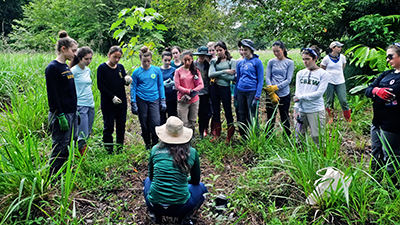
Collect Vegetation Data
Measure vegetation, survey forest structures, collect soil samples, and record temperature and humidity.
Field conditions and research needs can change the itinerary and activities. We appreciate your cooperation and understanding.
.
FEEDBACK & QUESTIONS
Sign up for the Earthwatch Newsletter
Be the first to know about new expeditions, stories from the field, and exciting Earthwatch news.
.
.
.
